The following educational sessions will be presented on Thursday, October 17th and provide a total of 3.5 hours of continuing education credit.
Certificates of Attendance
During the General Sessions, record the 4-character codes displayed during each session. Then use the link on the right to go to TMS’s Masonry Education Hub, enter your codes, and download your certificate.

Session 1, 8:00 – 8:20 AM
Introduction to New Executive Director
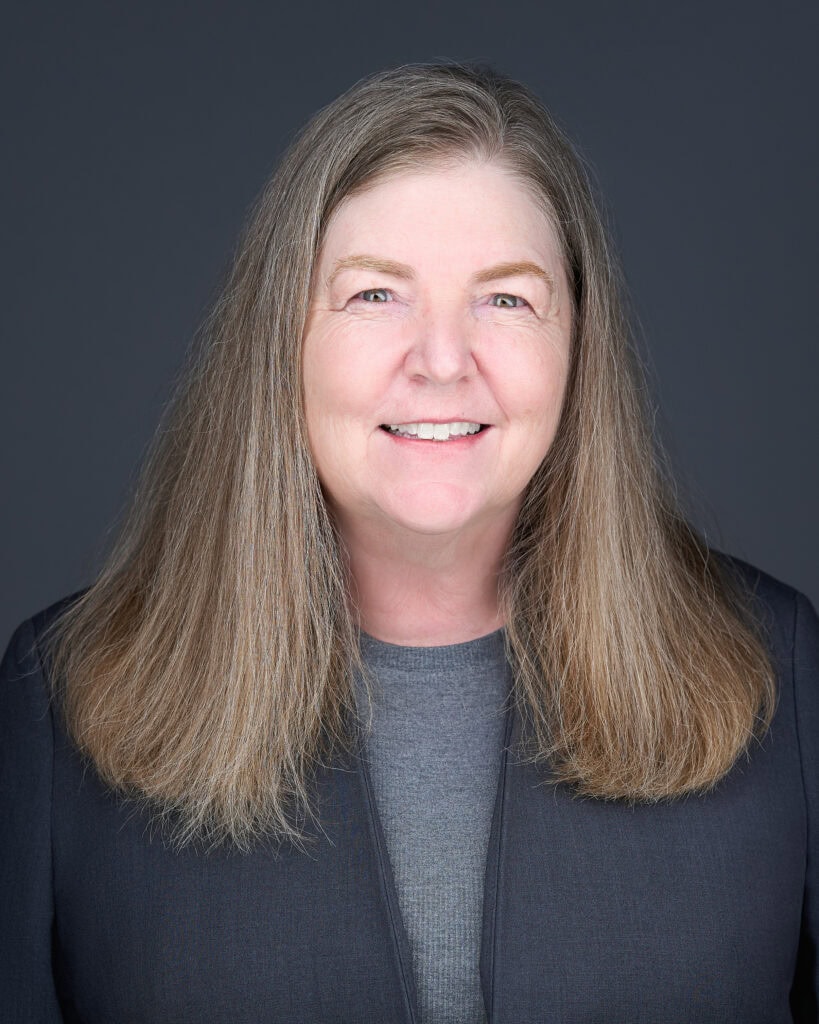
Ann Guiberson, CAE
Session 1
No. 1
8:00 – 8:20 AM
Guiberson brings more than 28 years of experience working with nonprofit membership organizations. Previously, she served as president & CEO of the Associated Builders & Contractors – Rocky Mountain Chapter. She was also the executive director of the American Water Works Association – Rocky Mountain Chapter. Additionally, she spent fourteen years as the northeast regional affairs director for the United States Golf Association. During her time serving nonprofits and associations, she developed expertise in strategic communications, educational leadership, administrative management, and governance.
Guiberson received both her Master of Education, Educational Administration and her Bachelor of Science, Education from the University of Nebraska. She holds certificates in Leadership Essentials and Financial Success for Nonprofits from Cornell University. Purdue University has recently awarded her a certificate in Project Management.
Session 2, 8:20 – 9:45 AM
AI-Assisted Computational Modelling Workflow for Structural Analysis of Old Masonry Buildings
Bora Pulatsu
Session 2
No. 1
8:25 – 8:45 AM
Deterioration in masonry infrastructures and cultural heritage is inevitable due to environmental factors and extreme loading conditions. However, with the implementation of cost-effective preventive maintenance, structural health monitoring and the application of robust computational modelling techniques for structural analysis and safety assessment, it is possible to conserve rapidly aging unreinforced brickwork and stone masonry buildings.
The present study aims to offer an innovative workflow for the structural analysis of unreinforced masonry (URM) buildings by utilizing recent advances in computer vision techniques to create discontinuum-based computational models. The adopted modelling approach represents load-bearing masonry elements as a system of rigid blocks interacting with each other along their boundaries based on the point-contact hypothesis. At each point-contact among the adjacent blocks, bond behaviour is simulated through cohesive constitutive law in tension and shear, while the phenomenological response of masonry composite is considered in compression. A special attention is given to the accurate representation of masonry construction technique and morphological features of masonry walls within the proposed modelling strategy. To this end, a novel data-driven structural analysis workflow is proposed in which artificial intelligence (AI)-assisted visual inspection is utilized for object identification and classification using vision-based resources such as images, videos, and live feeds. The system is powered by an object detection model trained from a dataset containing a collection of sample images with manually created annotations serving as ground truth data. A trained object detection model is used to identify objects of interest and perform instance classification.
Through this process, important inferences are made regarding the masonry unit size distribution, bond pattern, and masonry quality index parameters that are directly used in the generation of the computational model, which is later utilized for nonlinear structural analysis.
Furthermore, the results of the advanced computational models are compared with the standard macro-block analysis adopting the upper-bound theorem of limit state analysis that is commonly used in practice. The proposed workflow for advanced structural simulation of masonry buildings is tested on a two-storey stone masonry building. The outcomes highlight that the proposed data-driven structural analysis workflow enhances the capabilities of the up-to-date computational models and offers accurate predictions regarding the structural performance and capacity of analyzed URM buildings, which prevents the execution of unnecessary intervention plans or irreversible strengthening solutions.
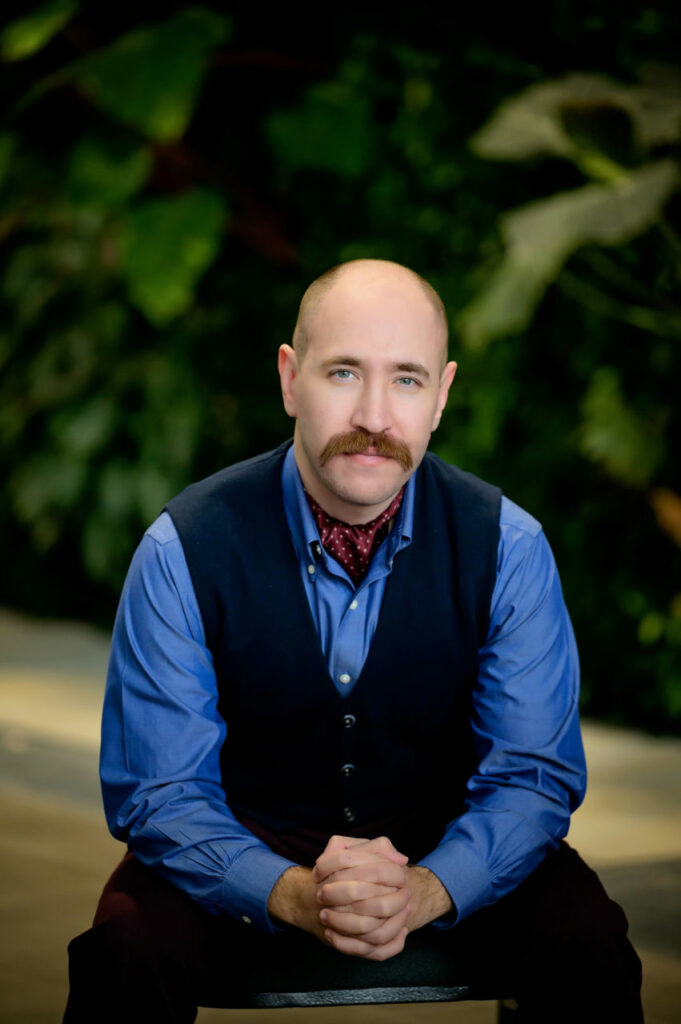
Bora Pulatsu is an Assistant Professor in the Civil and Environmental Engineering (CEE) Department at Carleton University (CU), Canada. He holds research and teaching appointments in CEE and the Architectural Conservation and Sustainability Engineering (ACSE) Program. Dr. Pulatsu received his PhD in 2019 from the University of Nebraska-Lincoln (UNL), United States. Before joining CU, he worked as a Postdoctoral Research Associate in the Engineering College at UNL from 2019 to 2021. His primary research focuses on computational structural mechanics, numerical methods, and the conservation of old URM buildings and heritage structures through innovative solutions and advanced computer-aided simulation and analysis. He is the author of 40+ peer-reviewed journal articles and the associate editor of The Masonry Society Journal. Dr. Pulatsu has an active leading role in various multi-disciplinary research projects related to computational modelling and conservation engineering funded by NSERC, CMHC, and Mitacs, among others. He is the team leader of the Advanced Computational Structural Analysis Laboratory (ACSA-Lab) at CU.
Saving a Main Street Building
Craig Bennett, Jr., PE, SE, RP APT
Session 2
No. 2
8:45 – 9:05 AM
Not all old brick masonry buildings are National Historic Landmarks, not all are on the National Register, and not all are even in historic districts. But Main Street in every older town and city in the nation is filled with unreinforced brick masonry buildings. Some are in great shape, and are now occupied by Walgreens, Apple, Victoria’s Secret, Gap, and Starbucks. But some are not.
One rather ordinary 1890s brick masonry Main Street building in Greensboro, North Carolina was in exceptionally poor shape, neglected and passed over for renovation, primarily because it was on an exceptionally challenging site, with railroad tracks on two of its four sides. In this brief talk, Craig Bennett reviews the challenges of dealing with a severely deteriorated building on a tight site, in a zone of moderate seismicity, and shows how incredibly resilient brick masonry buildings can be.

Craig Bennett is the founder and president of Bennett Preservation Engineering PC. He is a structural engineer with undergraduate degrees in both civil engineering and architecture, and a graduate degree in structural engineering. For the past 34 years, his focus has been on structural engineering for historic structures, particularly historic masonry structures. His work regularly involves assessment of the causes of structural distress or failure, including post-disasters, and the design of rehabilitative measures. He is currently adjunct faculty in the Clemson University Graduate Program in Historic Preservation, is active in building code development in The Masonry Society, is past president of the Board of Trustees of the Charleston Museum and past chairman of the City of Charleston’s Board of Architectural Review.
Washington National Cathedral – Seismic Strengthening of Limestone Turret
Matthew Farmer, PE
Session 2
No. 3
9:05 – 9:25 AM
As a result of the Mineral, Virginia earthquake on August 23, 2011 the Washington National Cathedral sustained some of the most significant, visually striking, and potentially dangerous damage. The Cathedral, whose construction began in 1897, is an unreinforced stone masonry structure in the Gothic Revival style characterized by an abundance of flying buttresses and of carved stone cantilevered spires and pinnacles at various elevations over its 300 foot height. A number of these elements partially collapsed during the earthquake and many more shifted position.
Given the magnitude and complexity of the Cathedral structure, simple and direct seismic assessment approaches were needed to: evaluate the dynamic characteristics of the types of elements that were damaged and measure the reliable existing capacity of these elements They also enabled development of targeted repairs to vulnerable ornamental elements that are “tuned” to their risk of future instability. This presentation will highlight the most recent innovations is seismic strengthening used at the Cathedral to date.
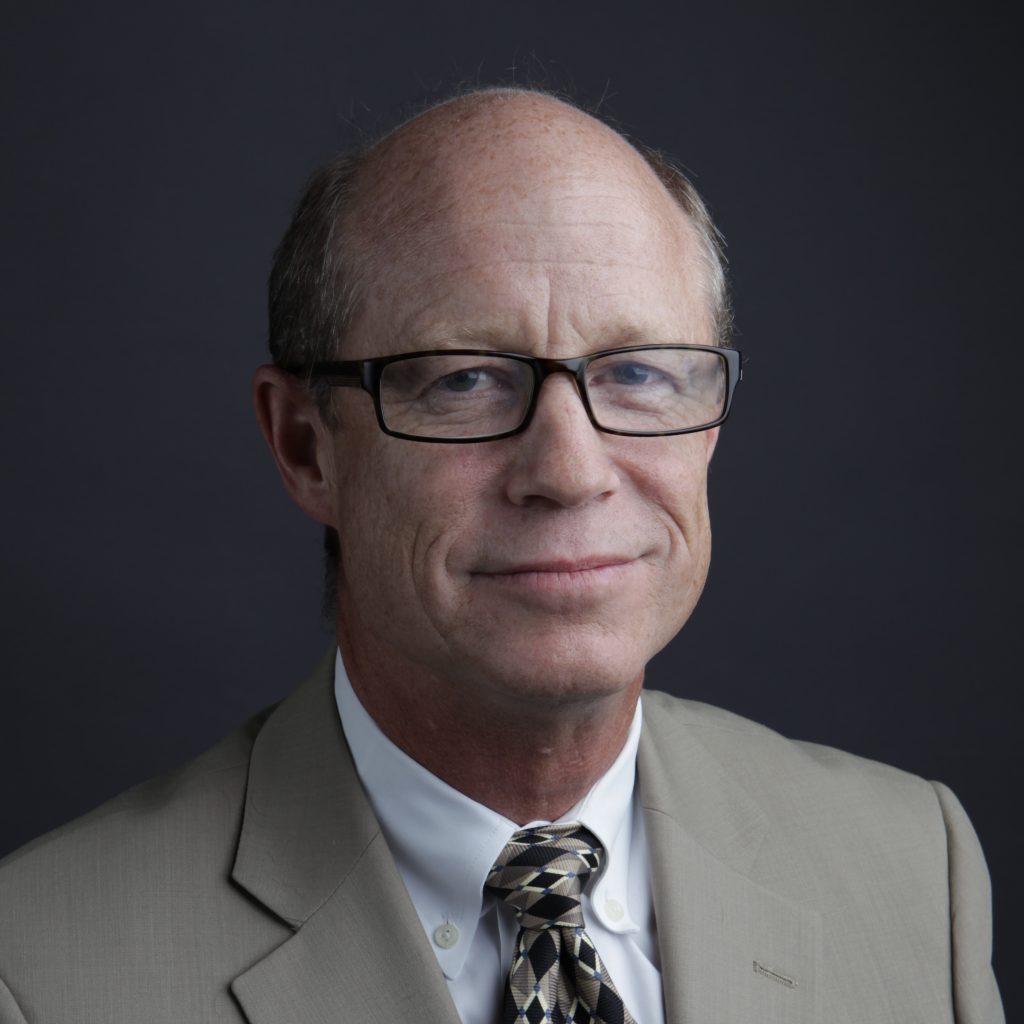
Mr. Farmer joined the New Jersey office of WJE in 1986 and moved to the Washington, DC office in 1990. He serves as principal investigator on evaluations of concrete, steel, and timber structures, as well as clay, concrete, stone, and cast stone masonry. He concentrates his practice in building enclosure systems engineering, design, investigation, analysis, and repair. Projects include institutional, commercial, and residential projects, as well as numerous historic landmarks. Mr. Farmer served as Manager of the Fairfax, Virginia office from 1994 until 2006, when he became a Principal with WJE. Prior to joining WJE, Mr. Farmer was a structural engineer with Skidmore, Owings and Merrill in Washington, DC. Mr. Farmer is a licensed engineer in Washington, DC, Maryland, and Virginia, and received his Bachelor of Science, Architectural Engineering and Bachelor of Science, Environmental Design from The University of Colorado and Master of Civil Engineering from Cornell University.
Existing Masonry Draft Pre-Standard: What it says, what it does not say, and how to use it
Heather Sustersic, PE
Session 2
No. 4
9:25 – 9:45 AM
TMS 402/602, Building Code Requirements for Masonry Structures, applies only to new construction. The United States and Canada currently do not have a referenced standard dedicated to existing masonry that can be adopted by an Authority Having Jurisdiction, except for seismic-specific applications covered by ASCE 41. The Existing Masonry Guidelines (EMG) Task Group of the TMS Existing Masonry Committee has been working to change that over the past 3 years.
As part of a 5-year plan and in cooperation with Canada Masonry Design Centre, TMS held a technical Summit in March, 2024, to write a first draft of a pre-standard document for existing masonry. Modeled after American Concrete Institute (ACI) 562 for concrete, Code Requirements for Assessment, Repair, and Rehabilitation of Existing Concrete Structures, the draft pre-standard is ready to hand over to the Existing Masonry Committee during the Fall, 2024, TMS meetings for formal balloting.
This presentation provides a summary of the background and coordinated approach applied in writing the draft pre-standard and an update to the masonry industry at large regarding its trajectory. We will present a high-level overview of what is included in each chapter, what is specifically excluded and why, and how the document is intended to be used by design professionals and code officials.
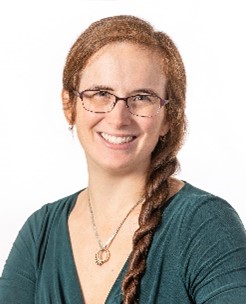
Mrs. Sustersic, P.E., is a practicing structural engineer with Colby Company Engineering in Portland, Maine, experienced in the design of new buildings, complex renovations, sculptures, and specialty engineering projects, as well as performing condition assessments of existing building structures for commercial and federal clients. A former adjunct faculty member in the Architectural Engineering Department at The Pennsylvania State University, Mrs. Sustersic taught Design of Masonry Structures and Indeterminate Analysis courses, while also advising senior architectural engineering students in their thesis work. Her research areas included engineering education and modeling the tornado-building interaction using combined computational fluid dynamics and finite element analysis. More recent research efforts relate to the CANUS harmonization project and leading the Existing Masonry Guidelines Task Group. Mrs. Sustersic serves on the Board of Directors for TMS, is Chair of the Reinforcement and Connectors subcommittee to TMS 402 and is a voting member of the TMS 402 Main committee, the Structural Members subcommittee, the TMS 402 Executive committee, the Existing Masonry Committee, and the Meetings subcommittee. She is also the Existing Masonry Guidelines Task Group leader.
Session 3, 10:05 – 11:10 AM
Differential Movement – Beware The Backup Structure
Peter Babaian, PE, SE
Session 3
No. 1
10:10 – 10:30 AM
A recent trend in low-rise multifamily construction includes multiple stories of wood framing over a concrete podium structure or slab. Many buildings feature brick masonry exterior cladding systems to meet zoning ordinances, match aesthetics of the surrounding area, or project an upscale image. The combination of brick veneer over wood framing, if not appropriately detailed and thought through, can lead to poor results and significant rework due to differential movement. This presentation will review the movement compatibility issues between wood framing and brick masonry and explore ways to prevent issues from occurring on future projects by looking at past failures.
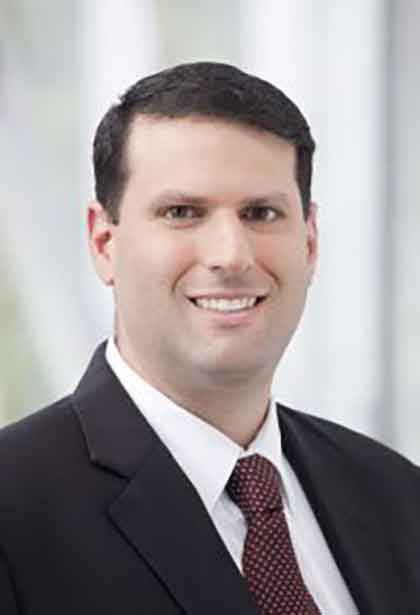
Peter M. Babaian is a principal and Building Technology Division Head for the Simpson Gumpertz & Heger Chicago office. He has over twenty years experience designing, investigating, and rehabilitating a variety of building enclosures and structures. He enjoys collaborating with clients to understand their goals and provide creative solutions. Peter is an active member in many professional industry groups and in education. He is the vice president of the Executive Committee of The Masonry Society Board of Directors. Peter is an at-large member of the Landmarks Illinois Board of Directors Executive Committee and also serves on the Chicago Building Congress Board of Directors. Peter has been as the Structural Expert for the Northwestern University Civil Engineering Capstone design class since 2014 and frequently lectures at the university.
LEED v5 – A Whole New Approach
Christine Subasic, PE, FTMS, LEED AP
Session 3
No. 2
10:30 – 10:50 AM
The U.S. Green Building Council (USGBC) released LEED v5 in April 2024. This new version of LEED takes a new approach to the rating system and its development. Credits and requirements in LEED v5 are centered on 3 primary objectives: Decarbonization, Quality of Life, and Ecological Conservation and Restoration. The result is a rating system that clearly identifies how each credit or prerequisite is linked with these goals. Many of the credits from LEED v4 remain. However, much has changed, including credits in the Materials & Resources category.
This presentation will provide an overview of the new rating system structure and planned development. Credits and prerequisites of particular interest to those in the masonry industry will be explored in more depth.
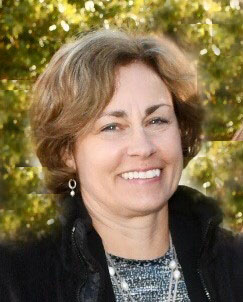
Christine “Tina” A. Subasic, P.E., LEED A.P., FTMS is a consulting architectural engineer specializing in masonry and sustainable design. Ms. Subasic has provided technical support services, including standards development, educational seminars, and inspection services in the masonry industry for over 25 years. She is a voting member of the ASHRAE Standard 189.1 Project Committee on High-Performing Green Building, and chair of the Indoor Environmental Quality Work Group (WG8). She is a past member of the Green Globes standard development committee. Subasic also serves on ASTM Committees C15 on Manufactured Masonry Units, C12 on Mortar, E50 on Environmental Assessment, Risk Management and Corrective Action, and is a founding member of Committee E60 on Sustainability. A frequent speaker on masonry and sustainability, she has addressed audiences in over 20 states. She is active in The Masonry Society where she served as the first female President and was named a Fellow in 2022. She has been a member of the TMS 402 Code Committee for over 15 years and currently serves as the chair of the Veneer Subcommittee. She is co-author of the veneer chapter in the TMS Masonry Designers’ Guide. She is editor of The Masonry Society’s Sustainability E-Newsletter, and has written numerous articles and publications for STRUCTURE and Masonry Construction magazines and other industry associations. Ms. Subasic received her Bachelor of Architectural Engineering Honors degree with Structural Option from the Pennsylvania State University. She is a LEED® Accredited Professional and a registered professional engineer in Virginia and North Carolina.
Dry-Cast Low Carbon Concrete Masonry Units
Heidi Jandris, BARCH, MSSBS, WbLCA-P
Session 3
No. 3
10:50 – 11:10 AM
This course aims to help designers understand why concrete sequesters carbon dioxide by first looking at the larger geologic carbon cycle and then the cement production carbon cycle. It also discusses the differences between dry-cast (CMU) and wet-cast (ready-mix/pre-precast) concrete and how these differences contribute to CMU assemblies having lower embodied carbon and increased carbon sequestration rates. Mini embodied carbon cradle to gate Life Cycle Analysis (LCA) studies are compared for several types of wall assemblies and will look at additional strategies to lower embodied carbon during the manufacturing and use phase, including raw materials, efficient design, utilizing thermal mass, durability, resilience and End Of Life (EOL) carbon sequestration.

Heidi Jandris grew up immersed in all things concrete block. She received her Masters of Sustainable Building Systems degree from Northeastern University’s College of Engineering, her Bachelors of Architecture degree from Pratt Institute, and earned a WbLCA-P micro-credential from British Columbia Institute of Technology. She is part of the 3rd generation of her family’s business and provides technical services to the design community while researching and implementing ways to improve the efficiency and lower the environmental impacts of their products.
Session 4, 11:10 AM – 12:15 PM
Industry-Average EPD for Concrete Masonry Units
Nicholas Lang, PE
Session 4
No. 1
11:15 – 11:35 AM
Environmental Product Declarations for building materials are at the forefront of many projects – becoming required submissions in some areas. Driven primary by efforts to reduce embodied carbon, the global warming potential (GWP) impact category is the one that is most of interest recently, from private projects to federal procurement. Recently, CMHA published the first industry-average EPDs for concrete masonry units. These EPDs cover units with a variety of strengths, densities, and constituent materials. This presentation will review these documents along with future plans for more industry environmental data reporting.
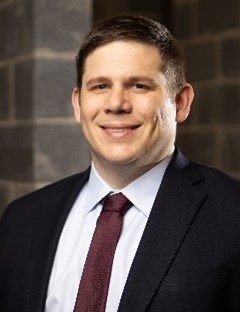
Nicholas Lang, P.E. represents the National Concrete Masonry Association as its Vice President of Business Development. In this capacity, he manages various projects for the Association, especially in the areas of market communications and technical education. He oversees the membership recruitment and retention functions of the Association, as well as implementation of various programs, including literature development and promotion and certification programs. Mr. Lang previously was the Director of Research and Development and Laboratory Manager for NCMA. Mr. Lang is a member of ASTM International and subcommittee Chair for C15.03 on Concrete Masonry Units. He is also a member of several other Technical Committees including C09 on concrete and concrete aggregates, C12 on mortars and grouts for unit masonry and E06 on Performance of Buildings. He is also a member of The Masonry Society and the American Concrete Institute.
Early strength performance of laps in Masonry
Mark McGinley, PhD, PE, FTMS, FASTM
Session 4
No. 2
11:35 – 11:55 AM
A recent investigation of the early strength performance of masonry walls lapped at the base will be presented. This research was funded to investigate whether the current masonry wall bracing standard is conservative for internal bracing.
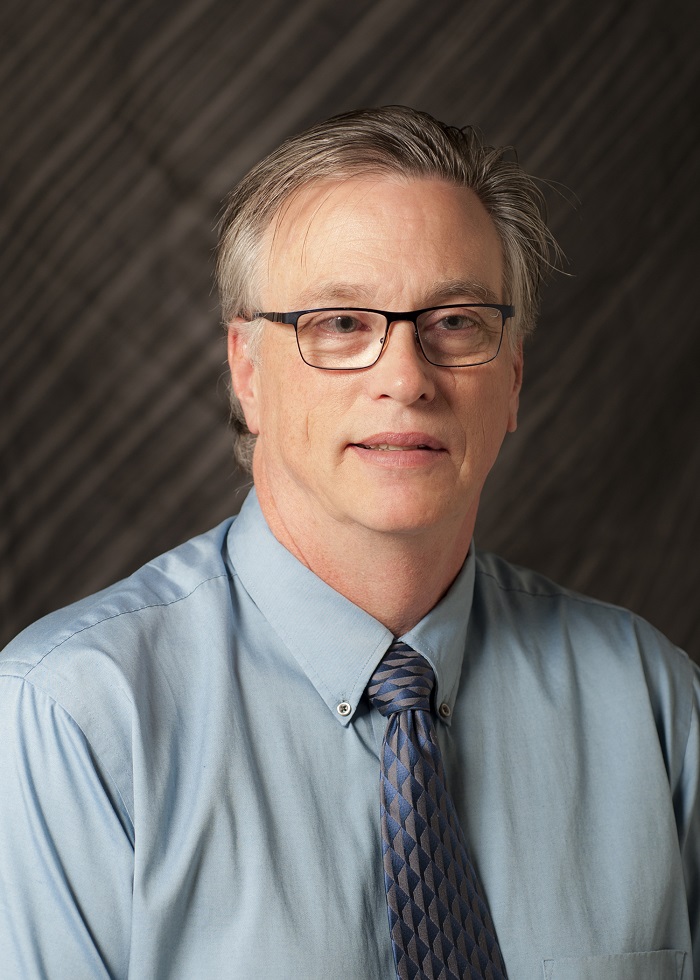
W. Mark McGinley, Ph.D, PE, FASTM,FTMS, Professor and Endowed Chair for Infrastructure Research, Civil and Environmental Engineering, J.B. Speed School of Engineering University of Louisville. Dr. Mark McGinley is a structural engineer and building scientist with more than 30 years of research and forensic engineering practice in building systems. He joined the faculty in the Civil and Environmental Engineering Department at the University of Louisville in 2007 and is a recognized expert in masonry building systems, in particular, masonry building envelopes. His research has included basic research on the structural performance of masonry walls, water penetration experiments on envelopes and the building envelope performance of brick veneer and steel stud wall systems. Over 130 publications have resulted from his research efforts. Dr. McGinley has won numerous awards in masonry research and standards development, and leads technical committees in both the Masonry Design standard organization and ASTM.
